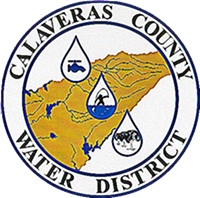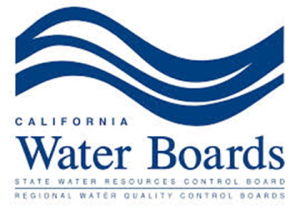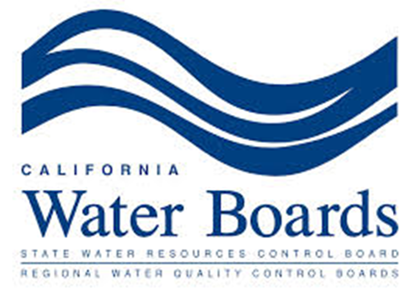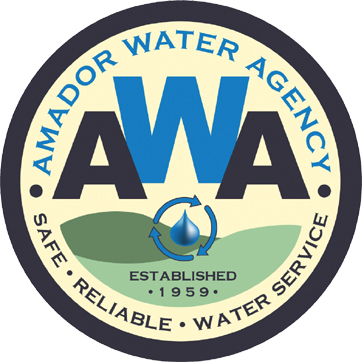
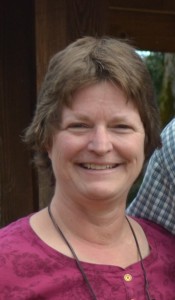
by: Tamra West, Vice President, Foresthill Public Utility District
The Foresthill Public Utility District sold 2,000 acre feet of water to Santa Clara Valley Water District in 2015. The proceeds from this sale are replacing our water tanks at the Treatment Plant. As I have stated over the last year and a half, our water tanks were originally destined to be “Temporary water tanks” for military use in Vietnam, but were never sent overseas.
This water sale has gone back to the community as we did not have to borrow money to replace the tanks. We are installing a million gallon tank which will replace three tanks that hold 750,000 gallons of water. I have been told that if we had a fire up here, these tanks could be dry in four hours. Installation should be complete by this fall.
With the drought, the district thought it would be a couple of years before we could sell more water, but Sugar Pine is flowing over the dam and we have an opportunity to sell 2,000 acre feet of water again this year – thanks to the rain! Sugar Pine is filled by rain water, not snow pack. At a Special Board meeting held on Monday, February 22nd the board voted to sell more water this year. You will notice a slightly lower level in Sugar Pine lake this summer, but we will still have enough water for the town for the next three years on just what we have in the lake right now.
As some of you may know, the district has twenty-six million dollars worth of infrastructure that needs replacing or repairing. By selling water again this year, we can cover another item on the Five-Year Repair and Replacement list.
Remember that if we ask you to conserve water, it will be because the California State Water Resources Control Board has instructed us to do so (just like last summer). If they make that ruling, we have to abide by it even if we have sufficient water – which we will.
At our Special Board meeting we had two people from the community who were concerned with the district selling more water this year. They were concerned with Bass spawning and local businesses losing tourism dollars in the summer months. They wondered if we could sell water in the fall. The market for selling water is highest in the spring and due to the fill agreement with the Bureau of Reclamation we have to transfer the water through Folsom when Folsom is at a certain level. If Folsom drops below a certain level, we cannot transfer water.
The United States Forestry had two representatives at our meeting. They do not want us to sell water because Sugar Pine is the only lake around here that is not drained in the summer months. They feel that it should be kept at the same level for “recreation purposes.” The Forestry also stated that they did not feel they had adequate knowledge of the sale last year. But, as I told them at the meeting – the water transfer sale was not a new and sudden event. The District carefully followed all legal and procedural requirements.
For the past year and a half, I have published information about the water transfer sale and its potential benefits to the Community repeatedly in my “Messenger” articles. In addition, monthly updates were provided to the Board and the Public. There were numerous opportunities to comment. I don’t recall ever receiving any negative public comments about the transfer sale at our meetings, until last Monday.
Again, water transfers are a way to provide funding for urgent FPUD infrastructure improvements without sending every household a huge bill. The Community is not at risk of running out of water, the District is being very careful about that.
I would like to remind people about some history about Sugar Pine Dam; a “Fact Sheet” from the United States Department of the Interior on the Sugar Pine Dam, Central Valley Project stated the following: “The Construction of Sugar Pine Dam and pipelines was authorized on September 2, 1965 as a component of the Auburn-Folsom South Unit to alleviate an increasingly chronic severe water shortage which has become critical. A 40-acre-foot reservoir planned as a regulating facility for the pipe-line was completed near Foresthill in 1975. Sugar Pine Dam and pipelines were completed in 1982. The purpose of Sugar Pine Reservoir is to provide 2,800-acre-foot (912.4 million gallons) of supplemental water supply, primarily for municipal and domestic use, serving the community of Foresthill and other residential areas on the Forest Hill Divide. The facilities will be operated by Foresthill Public Utility District. Recreation facilities associated with the reservoir, located in the Tahoe National Forest, will be operated by the U.S. Forest Service. The dam and reservoir are expected to provide fishery enhancement by creation of the lake and by downstream releases controlled for both quantity and quality.”
As you can see, the Sugar Pine Dam was built as a water storage facility. In the 1976/77 California drought, the District had to pump water out of the Paragon Mine in order to have water for the town. Now, with Sugar Pine Dam, Foresthill should be able, (with some water conservation) to ride out the drought without too much trouble.
Note: the 2,800 acre feet supply was a contract with the USBR. When FPUD bought the project, we bought a water right with a face value of 24,000 acre feet. The water transfer that we did in 2015 and are planning on doing for 2016 protect the maximum water available under that water right. Also, if FPUD had not bought Sugar Pine in 2003, it is very likely that the USBR would have drained the lake during this last drought to supply downstream interests – with no financial benefit for FPUD ratepayers.
Another interesting note is the fact that when Sugar Pine Dam was purchased instead of assessing every parcel on the divide to pay for it, only the ratepayers of the district have paid for it. People with wells have never paid a dime to purchase the dam, pay for infrastructure improvements or pay to maintain the complete water system. They enjoy the full benefits of the reservoir for recreation and they enjoy the full benefits when there is a fire and the helicopters take water out of it to fight the fire.
Tamra West, twest@foresthillpud.com
